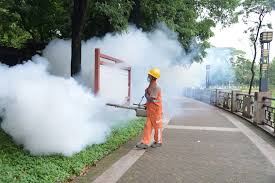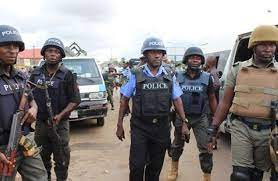
For nearly two months, health authorities in southern China have been battling a massive chikungunya fever outbreak, reviving strict measures reminiscent of the country’s zero-Covid strategy.
Since July, Guangdong province has reported over 10,000 infections, with Foshan, a major manufacturing hub, emerging as the hardest-hit city. At the peak of the crisis, Foshan recorded more than 600 new cases per day, a staggering figure compared to the 519 total cases reported across mainland China from 2010 to 2019.
In response, Chinese officials have launched an aggressive “detect and eliminate” campaign, deploying teams to spray insecticides several times daily in affected areas and requiring suspected patients to report infections promptly and comply with quarantine mandates.
Experts attribute the outbreak to warmer weather conditions and a fast-spreading virus strain, according to chief vector-control specialist at China’s CDC, Liu Qiyong, who spoke to journalists.
Amid rising concerns, the U.S. Centers for Disease Control and Prevention (CDC) has issued a travel advisory, urging Americans to exercise caution when visiting southern China. Travelers are advised to use mosquito repellents, wear protective clothing and stay in well-screened or air-conditioned accommodations to reduce infection risks.



